Podcast Episode 648: Vent-Free Dryers, Retaining Walls, and Energy Use in a Pretty Good House
Listeners write in about English spray foam, wonky doors, and vent-free dryers and ask questions about retaining walls and home energy use.
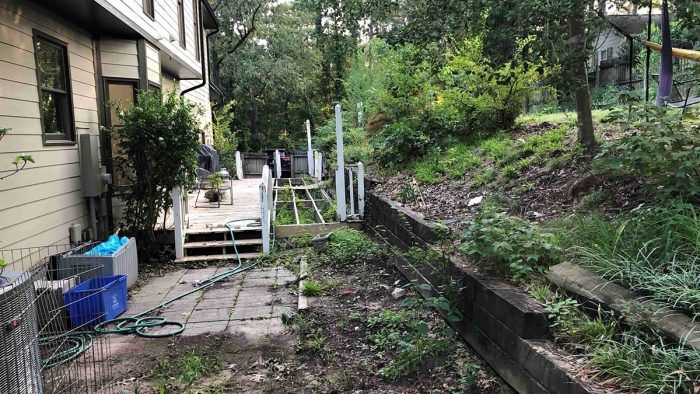
Follow the Fine Homebuilding Podcast on your favorite app. Subscribe now and don’t miss an episode.
 |
Remember, you can watch all your favorite clips from the show on our YouTube channel!
Scott shares a story about spray-foam problems in the U.K. Jack has an update on his sagging door. James and Keith inspire a conversation about vent-free dryers. Austin asks about retaining walls. Ian shares his energy use since moving into his Pretty Good House.
Listener Feedback 1:
Scott from Madison, Wisc., writes:
Hello podcast team,
In a timely coincidence given your recent conversation about what it will be like when it comes time to remove spray foam, I found the following article from The Guardian to be fascinating and horrifying at the same time:
It’s like a perfect storm. The upshot is that the U.K. government created a subsidy program to encourage people to insulate their homes. Many chose to do so with spray foam. Now banks are refusing to lend on properties that are outfitted with spray foam because closed-cell foam can cause condensation and rot if applied inappropriately. Only one bank is even bothering to distinguish between open-cell and closed-cell foam. Some homeowners are finding that removal costs exceed what they paid for installation. And in the gravest insult of all, some of the shady operators who installed substandard stuff on the front end are now offering themselves up as removal contractors at inflated prices.
Ouch!
Keep on doing what you’re doing!
Best,
Scott
Scott’s handy English to American English translation guide:
- Equity release mortgage: Reverse mortgage
- Timbers: Framing
- Cowboy traders: Fly-by-night contractors
- 50 square meters: 540 square feet
- Council: Local enforcement authority
- VAT (Value Added Tax): Sales tax that is typically very high, often around 20%
- Scheme: Program (I do love how every U.K. government “scheme” automatically sounds sinister to the American ear. You can’t tell me that The Great British Insulation Scheme doesn’t sound like the crime of the century.)
RELATED STORIES
Listener Feedback 2:
Jack in Connecticut writes:
Hi Patrick!
I was just listening to podcast episode #645 and heard John’s suggestion to check the door hinges. You were hoping the questioner would write in to provide the resolution. Well, I think I was that questioner, and though the issue is not yet resolved, we just had a breakthrough this week (somewhat literally!).
It’s termites! (See photos below.)
I think several things contributed:
- The previous owner appears to have fallen for the “install gutter guards and you never have to clean your gutters.” The gutters were a total mess, and when I had them cleaned earlier this year the guys said they thought it had never been done (more than 10 years).
- The homebuilder did not use a WRB on this wall, so water spread into the OSB sheathing easily.
- There is no rainscreen or vent channel behind the siding and trim, so once it got wet it stayed wet.
- Termites appear to have snuck in the corner behind the downspout or through a foundation crack and got into the wet wood.
- Once that wall and corner got wet and compromised, I think it sagged, lowering that side of the floor and door frame.
So, it turns out this wonky door wasn’t the fault of the door or frame or hinges, but was the victim of poor water management, misinformed prior owners, sloppy construction techniques, and pest infiltration. We had a termite inspection before buying the house a year ago, and they did not note any signs of termites. Being from California, I know termites are a big deal, but fortunately these eastern subterranean termites are less aggressive than the western dry wood termites. I did see a few of them in the wood and in the dirt in the corner, so we’ve caught them in the act, although I think this damage has likely been going on for years.
I was going to replace the trim boards myself, but seeing the further damage to the wall behind, I am now reaching out to local builders for quotes. There are other locations around the house where termites have damaged the trim, but they do not appear to have gone past the WRB in those other locations.
By the way, hearing my question on the podcast back in February was the highlight of my week (episode #620). I felt so welcomed to the Northeast and among friends (even if only virtually). Thanks again for your kindness and all the time you put into the show!
Jack
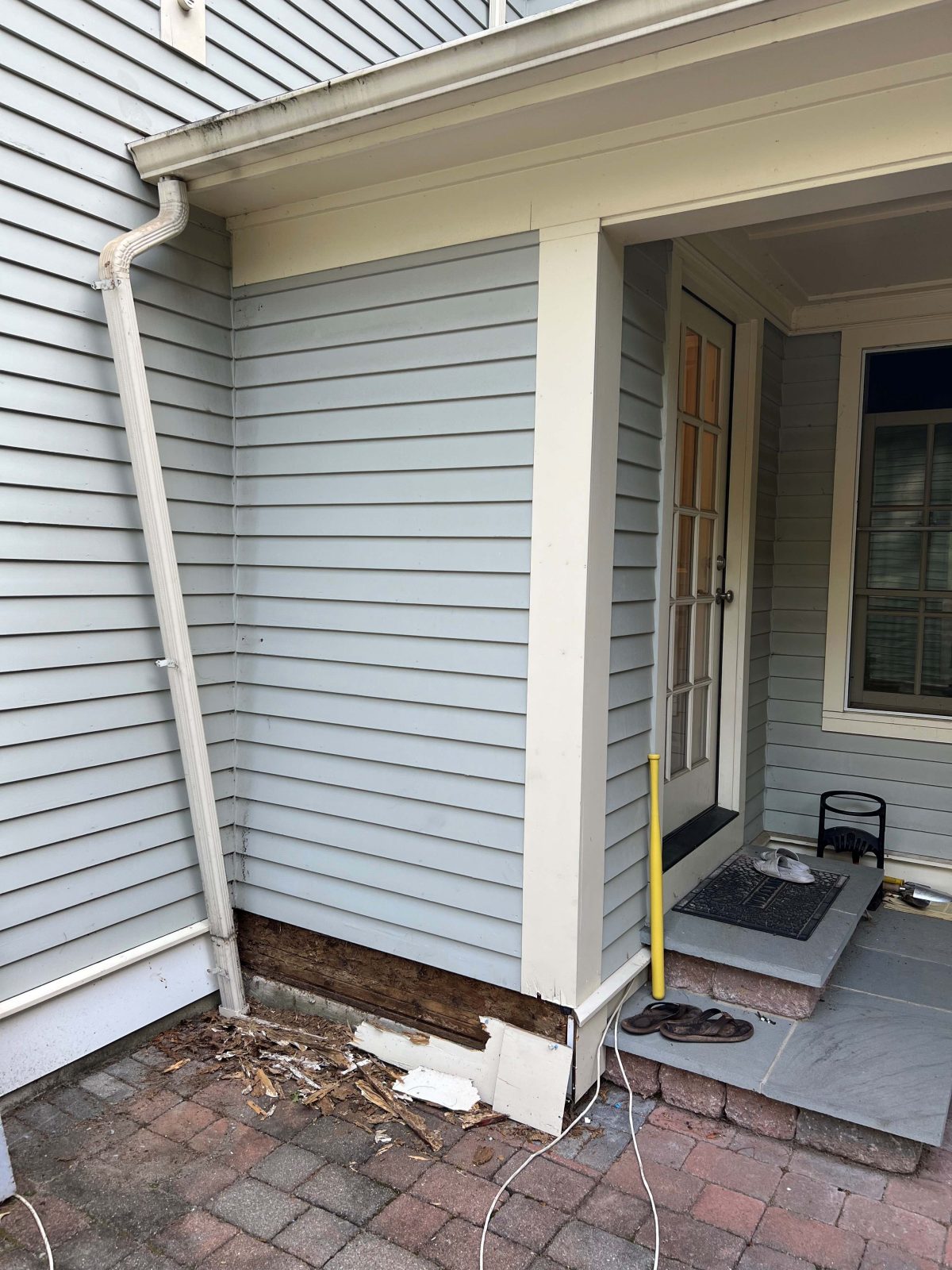 |
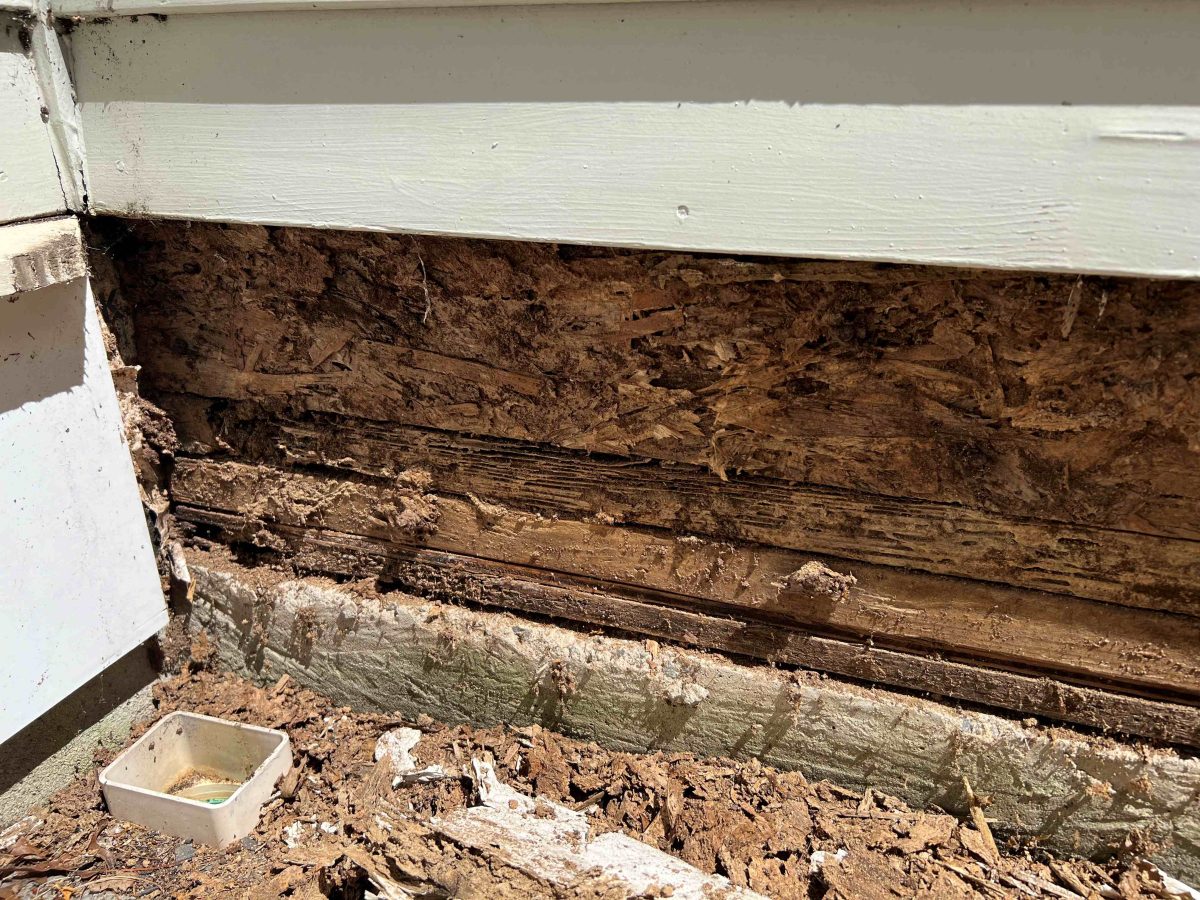 |
RELATED STORIES
Listener Feedback 3:
Patrick:
So, we had a conversation a few weeks ago about heat-pump clothes dryers. I think it started with Brian talking about his dryer. We heard from a pair of longtime listeners on the subject.
James writes:
Hi podcast crew,
During the ventless dryer discussion, I think you might have missed an important distinction: “condensing” dryers and “heat-pump” dryers are both ventless, but they have very different operating principles! On a “condensing” dryer, the machine intakes and exhausts air from the room using a heat exchanger (similar to an HRV) to condense out some moisture from the exhaust.
On a “heat-pump” dryer, the machine circulates air internally (no intake or exhaust) over a cold coil and a hot coil. That cold coil makes the machine much more effective at removing moisture from the clothes because it’s condensing the water out at sub-ambient temperatures. It’s basically a closed-loop dehumidifier with a clothing drum.
For the “condensing” type, it’s absolutely critical for the machine to be placed out in the open in a large air-conditioned space because the condensing functionality depends upon the intake air being cooler than the exhaust air. If the warm exhaust from the dryer raises the temperature of the intake air, the operating principle stops working and the machine enters a sort of death spiral.
For the “heat pump” type, it can be placed nearly anywhere—all it needs is access to a drain and a few inches of clearance. These machines also require a lot less electricity because they move less air and generate heat more efficiently.
Personally, I have a Miele T1 heat-pump dryer, and it has been incredible. Drying time is never a concern on laundry days because the dryer finishes faster than the washer. It’s a super-easy install too, because it plugs into a standard 120V/15A receptacle. I can confirm that it doesn’t substantially warm or affect the humidity of the space around it. I have several hygrometers in my basement and have never seen much movement when running laundry. On the other hand, I see a massive humidity spike every time I hang up my hockey gear after a game!
Keith writes:
Podcast Posse,
I have recent experience with two heat-pump dryers that I’d like to share to supplement the conversation in episode 645. When my wife and I moved in our new construction home five years ago, we had an apartment-size heat-pump condensing dryer. It worked well with small loads, struggled to dry large ones, and didn’t appreciably heat up the surrounding space. Two years ago, after losing patience with having to do laundry in small loads, we bought a new full-size Whirlpool heat-pump condensing dryer. We love it. It can handle larger loads, and the typical cycle is 90 minutes. The unit is constructed to retain the moisture from the condensation, and it doesn’t materially impact the relative humidity in the laundry room. Running multiple loads in the same day does add some heat to the space, but not enough to cause concern. This model features an electric heating strip that’s available in some cycles. When used in Eco mode, the dryer only uses the heat-pump cycle to heat the air being blown into the dryer drum. When the high-heat mode is used, the electric-strip heater adds more heat to the air. In two years, we’ve only had to use that to dry bulky quilts. Otherwise the unit performs very well.
Keep up the good work on the podcast.
Keith
RELATED STORIES
Question 1: Should I repurpose my timber retaining wall or build a new masonry wall?
Austin from N.C. writes:
Hello Fine Homebuilding Podcast,
I first want to thank you for the great content you put out each week.
I am interested in hearing your opinions about the different products for retaining walls. We are in the process of designing the landscape for our backyard. The backyard is on a slope, so the landscape designer is calling for a terraced yard. An upper and lower wall will be used to break up the backyard. Each wall will be 2 ft. high above grade, so including with base material the total amount of wall material used will probably be 3 ft. tall.
Currently, there is already a single timber retaining wall in the backyard. I am an All Access member, so I have taken advantage of the Fine Homebuilding Project Guides to read about the various ways to build a retaining wall. In calculating the amount of material needed for the two-terrace design, there is not much of a cost difference between a dry-stack stone wall and a modular concrete wall.
We would like to have a vegetable garden between the two walls, and my initial thought was to stay away from the timber retaining-wall material because of the possible chemicals used in the wood. After calculating the cost of stone and modular blocks, I am wondering if timber would still be an option. We could break down the existing timber retaining wall and repurpose the timber for the upper level.
The house was built in 1986, which I am sure was about the same time the original retaining wall was installed. Do you know if timber retaining walls were injected with chemicals back then? Are any chemicals still used in existing timber wall materials?
Your thoughts and opinions on all these materials is much appreciated.
Austin
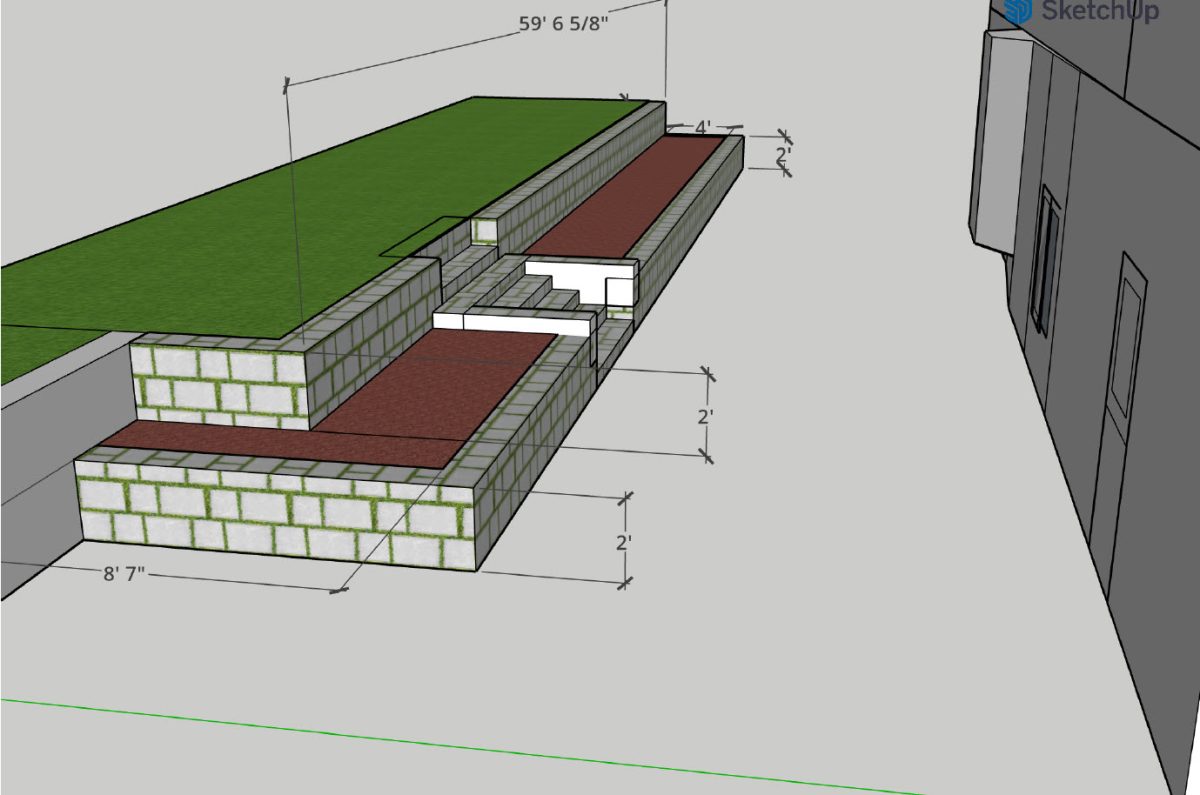 |
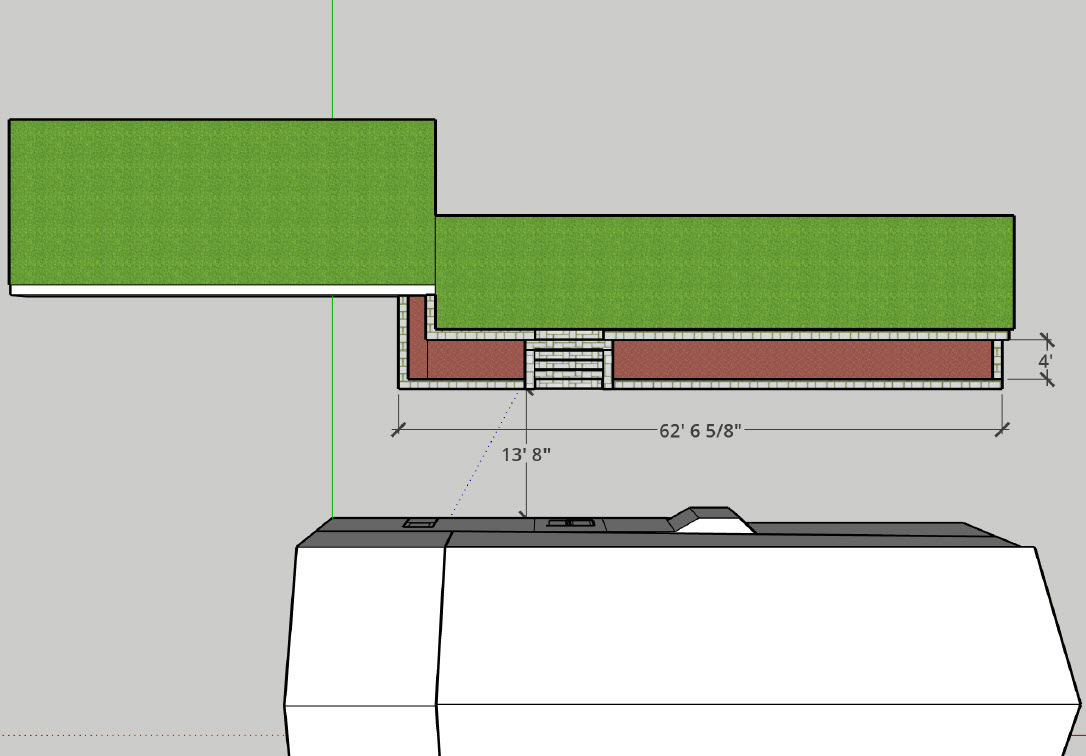 |
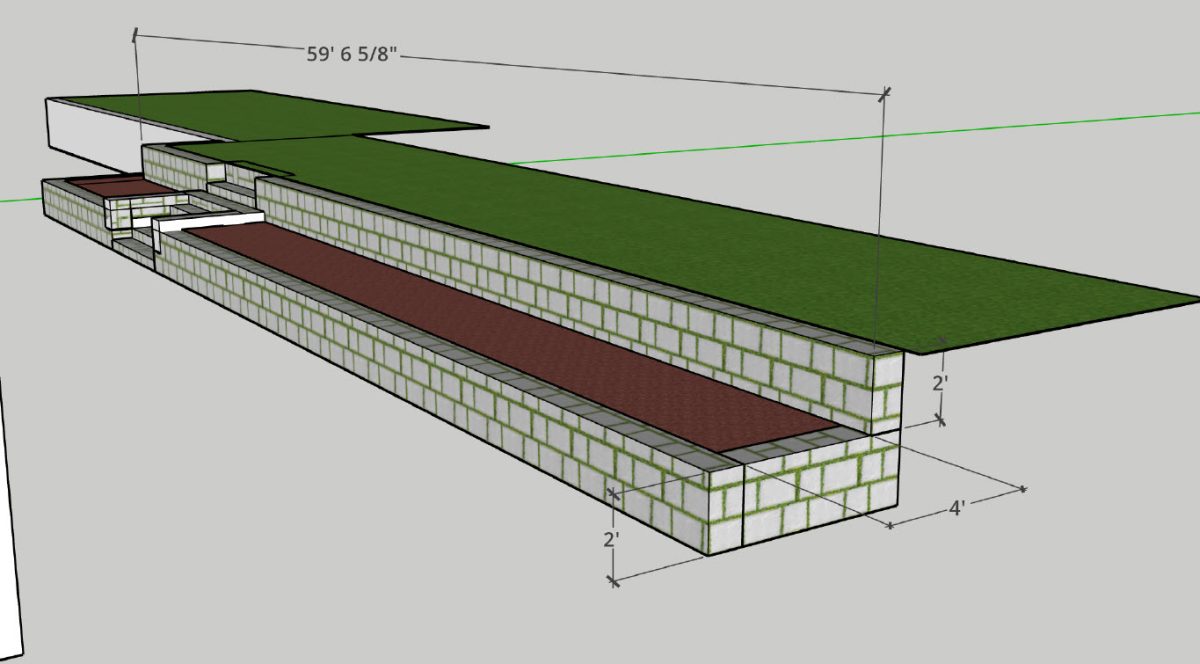 |
RELATED STORIES
Question 2: What’s the real energy consumption in a Pretty Good House?
Patrick asks:
Ian talked a little about his home’s energy consumption last week. Can you please dive deeper into the how much energy your Pretty Good House is using annually?
RELATED STORIES
- Is a “Pretty Good House” Good Enough?
- Dos and Don’t of a Pretty Good House
- GBA.com: Pretty Good House Benchmarks and Assemblies
Sign up for a Fine Homebuilding All-Access Membership
Well, unfortunately that is all the time we have for today. Thanks to Mike, Brian, and Andres for joining me, and thanks to all of you for listening. Remember to send us your questions and suggestions to [email protected], and please like, comment, or review us no matter how you’re listening—it helps other folks find our podcast.
Happy Building!


























